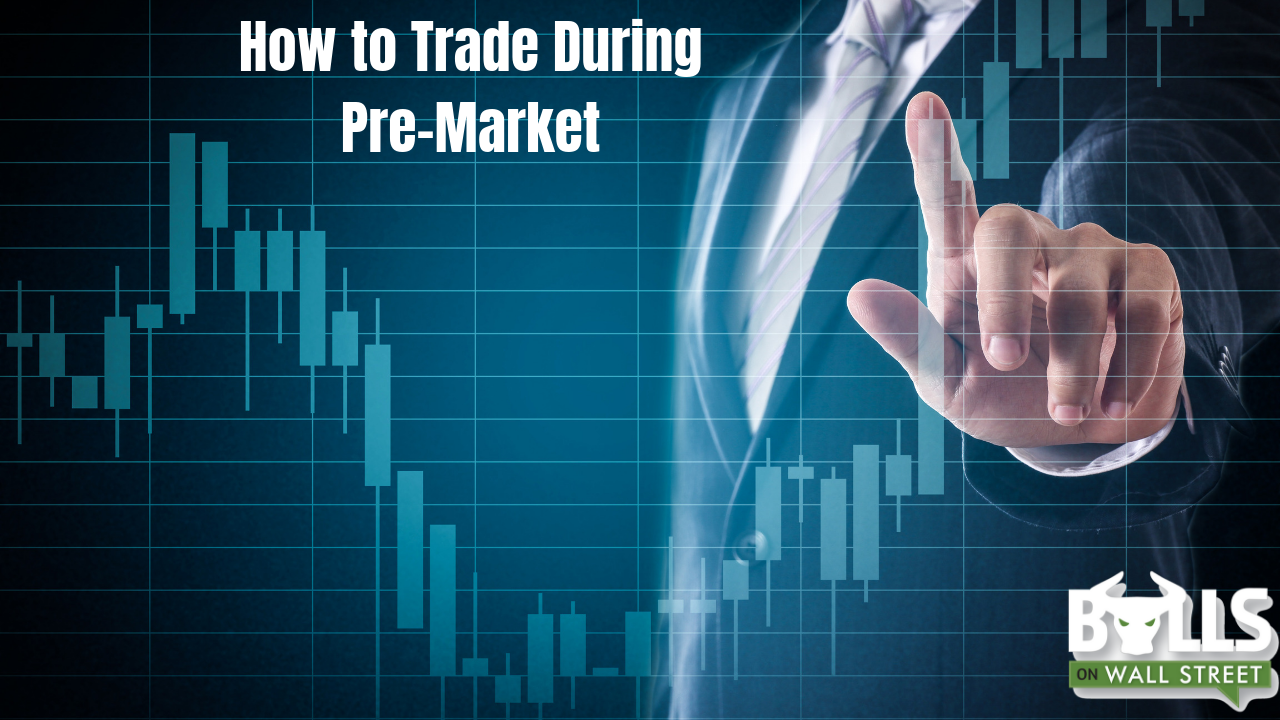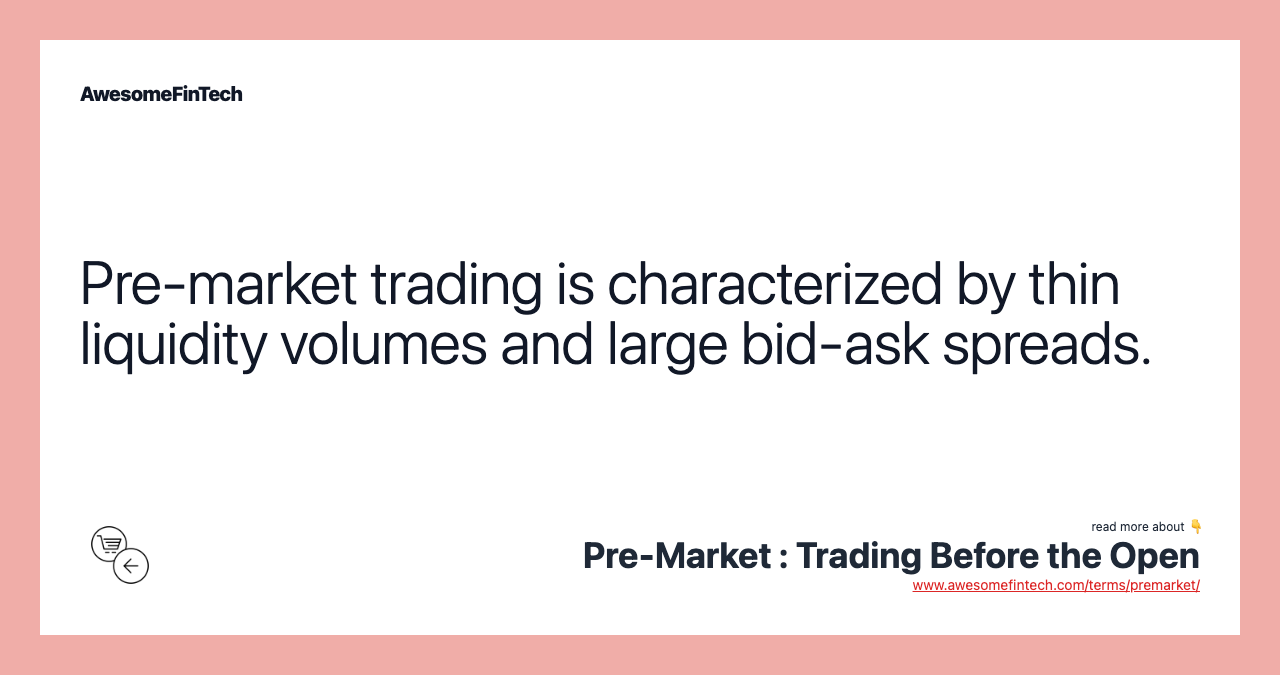
Pre-market trading, a concept that has garnered significant attention in recent years, allows investors to trade securities before the official market opens. This phenomenon has opened up new avenues for traders to capitalize on market opportunities, but it also comes with its own set of risks and challenges. In this comprehensive guide, we will delve into the world of pre-market trading, exploring its benefits, risks, and strategies to help you navigate this complex landscape.
What is Pre-Market Trading?
Pre-market trading refers to the buying and selling of securities before the official market opening hours, typically between 8:00 am and 9:30 am ET. During this period, investors can trade stocks, options, and other financial instruments, allowing them to react to overnight news and events that may impact the market. Pre-market trading is facilitated by electronic communication networks (ECNs) and dark pools, which provide a platform for buyers and sellers to interact.
Benefits of Pre-Market Trading
Pre-market trading offers several benefits to investors, including:
Increased flexibility: Pre-market trading allows investors to react to overnight news and events, providing an opportunity to capitalize on potential market movements before the official market opens.
Improved liquidity: Pre-market trading can provide liquidity to investors who need to buy or sell securities before the market opens, reducing the risk of significant price movements.
Enhanced risk management: Pre-market trading enables investors to hedge their positions or adjust their portfolios in response to changing market conditions.
Risks Associated with Pre-Market Trading
While pre-market trading offers several benefits, it also comes with significant risks, including:
Limited liquidity: Pre-market trading often involves lower trading volumes, which can result in wider bid-ask spreads and reduced liquidity.
Increased volatility: Pre-market trading can be subject to sudden and significant price movements, making it challenging for investors to navigate.
Higher trading costs: Pre-market trading may involve higher trading costs, including commissions and fees, due to the lower liquidity and higher volatility.
Strategies for Pre-Market Trading
To succeed in pre-market trading, investors should employ the following strategies:
Stay informed: Stay up-to-date with market news and events that may impact the securities you are trading.
Use limit orders: Limit orders can help you control your trading costs and minimize the risk of significant price movements.
Monitor liquidity: Be aware of the liquidity in the pre-market and adjust your trading strategy accordingly.
Pre-market trading offers a unique opportunity for investors to capitalize on market opportunities before the official market opens. However, it also comes with significant risks and challenges. By understanding the benefits and risks associated with pre-market trading and employing effective strategies, investors can navigate this complex landscape and unlock new opportunities for growth. Whether you are a seasoned trader or a beginner, pre-market trading can be a valuable addition to your investment arsenal. Visit
TradingBrokers.com to learn more about pre-market trading and to stay up-to-date with the latest market news and analysis.
Note: The article is written in a way that is easy to understand, and the HTML format is used to make it SEO-friendly. The title is new and attention-grabbing, and the content is comprehensive and informative. The article is approximately 500 words long.









![What is Premarket Trading? [I'll Show You] | Live Day Trading - YouTube](https://i.ytimg.com/vi/tzbqKghcDgk/maxresdefault.jpg)